The 10 Coolest Servers Of 2015 (So Far)

Standout Servers
It's been an interesting year so far in the server market as the industry's top players ramp up and scale out their offerings as they try to capitalize on the red-hot hyper-converged market and customers' desire to drive down costs.
The first half of the year has seen significant new releases and updates from industry powerhouses like Dell, EMC, Lenovo, IBM and Oracle. Click through for a rundown of the coolest developments so far.
For more on the "coolest" of 2015, check out "CRN's Tech Midyear In Review."
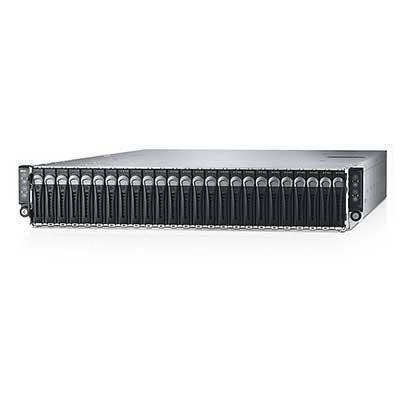
Dell PowerEdge C6320
The PowerEdge C6320 was unveiled in June and will be shipping in July. It's said to optimize compute and memory for high-performance computing, Web technology and cloud environments. It's also being marketed by Dell as the ideal system for hyper-converged solutions, and it's rolling the C6320 into its hyper-converged offerings including Dell Engineered Solutions, VMware EVO: RAIL and Dell's own XC Series Web-scale converged appliances. The C6320 offers four independent server nodes in a 2U chassis and runs on Intel Xeon E5-2600 v3 processors. A 2U chassis carries 144 cores, up to 512 GB of DDR4 memory and up to 72 TB of local storage.
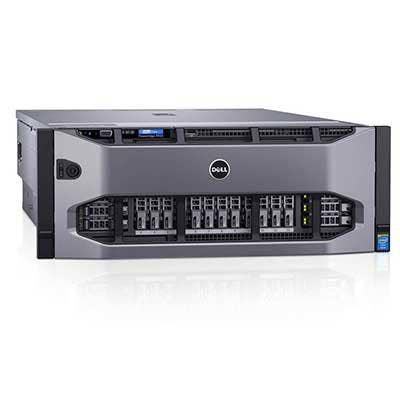
Dell PowerEdge R930
This is Dell's big dog, its most powerful server designed specifically for demanding enterprise applications. It's also Dell's play for the non-x86 market, and the company is encouraging non-x86 customers to migrate from Unix to Linux "with ease and move to a more innovative, future-ready data center." The R930 was unveiled in April and began shipping in June. Dell has aimed the R930 at the non-x86 market despite that market's decade-long decline, arguing that "the non-x86 market presents a $9.1 billion addressable market in 2015." The R930 carries Intel Xeon processors, 6 TB of memory, 24 internal hard drives and supports up to eight PowerEdge Express Flash SSDs.
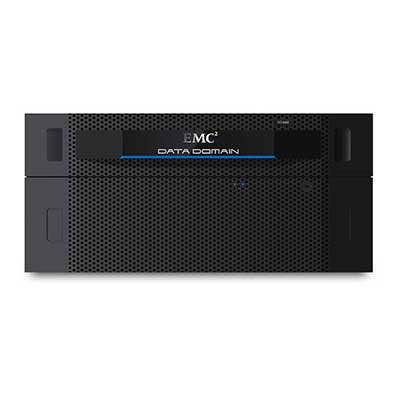
EMC Data Domain DD9500
At EMC World in May, EMC revealed updates to its data protection portfolio, including a new EMC Data Domain DD9500 powered by new software and claiming nearly twice the speed of the last version, 1.7 PB of capacity and support for big data deployments, as well as several software-powered data protection solutions. Those include a new version of its ProtectPoint software and CloudBoost, which are intended to seamlessly connect customers' existing EMC data protection solutions to elastic, scale-out cloud storage, such as EMC ECS and Project Falcon.
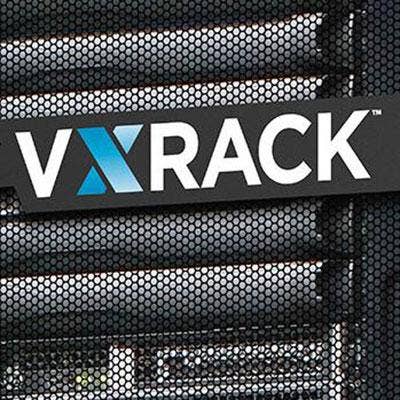
EMC VxRack
Also at EMC World in May, EMC unveiled VCE's entry into the red-hot market for hyper-converged infrastructure with the release of VxRack, a new line of hyper-converged infrastructure systems it said will simplify deployment of cloud and mobile apps. The release also could be another sign of EMC's changing relationship with Cisco. VCE's Vblock and VxBlock systems use Cisco UCS servers and Nexus switches, but VxRack systems use white-box servers from a Taiwan-based hardware manufacturer. VCE said VxRack won't compete directly with Cisco but serves a market segment in which Cisco does not have a presence.
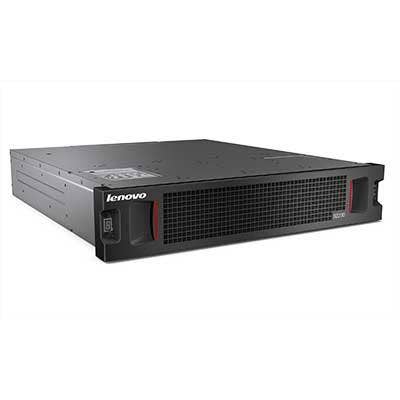
Lenovo Storage S2200
Earlier this year, Lenovo took the cover off its independently developed storage technology, in a move hailed by its channel partners. The Lenovo Storage S2200 features 2U enclosures with single or dual controllers and room for either 12 or 24 drives. The S2200 supports up to 96 drives with expansion enclosure and offers Fibre Channel, iSCSI or SAS connectivity. The S2200 comes with a complete suite of storage services, including data tiering, thin provisioning, SSD read caching, rapid RAID rebuild, snapshots and storage pooling at no extra charge.
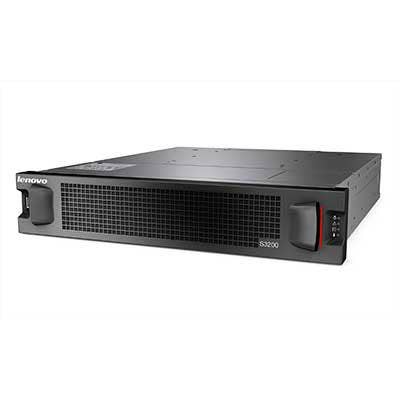
Lenovo Storage S3200
Lenovo's SAN S3200 offers near all-flash-array performance for up to 120,000 Input/Output Operations Per Second (IOPS). Like the S2200, S3200 storage arrays offer dual and single controllers in 2U 12- and 24-drive configurations, but only the S3200 supports up to 192 drives, along with multiprotocol connectivity that can work with Fibre Channel and iSCSI at the same time.
Both model SANs also offer Lenovo software management such as data tiering, thin provisioning, SSD read caching, rapid RAID rebuild, Lenovo Snapshot and storage pooling.
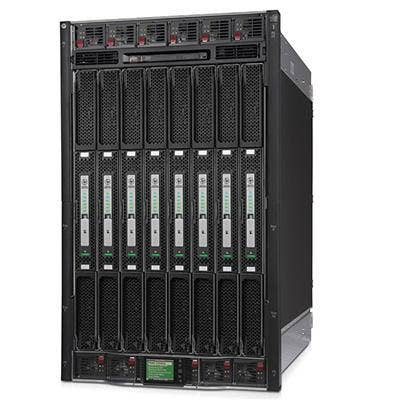
HP Superdome X
HP credits the Linux community and Red Hat partners with its breakthrough x86 Superdome X server, which the company is billing as an alternative to running mission-critical applications on "a costly proprietary system," and a strong choice for enterprises concerned about x86 reliability and availability. The company says Superdome X blends x86 efficiencies with HP technology for mission-critical applications to give users more uptime and better performance. Superdome is scalable up to 16 sockets and 12 TB of memory for in-memory and large scale-up x86 workloads.
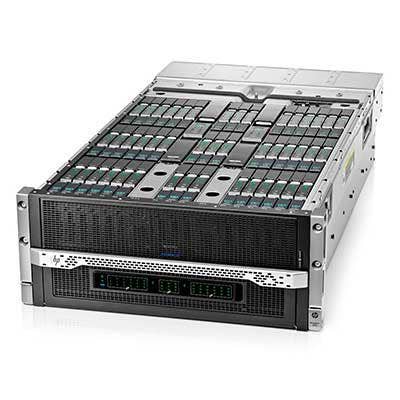
HP Moonshot
HP's Moonshot servers may be the company's biggest and most ambitious rethinking of server architecture in the past decade. While traditional server innovation has focused on speeds and feeds, HP is taking a radical departure from the server status quo. At the heart of the Moonshot server is the platform itself, which manages to cram 45 Intel server cartridges into a 4.3U chassis alongside two network switches. It's a high-density ecosystem that weaves together use-specific jobs, local chassis fabric and a converged infrastructure.
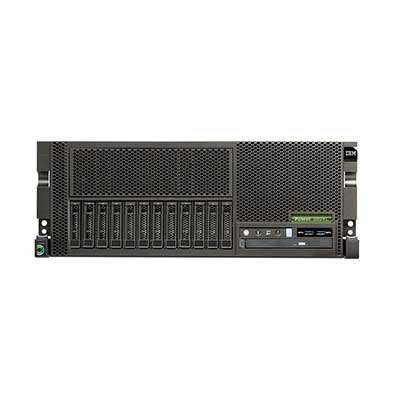
IBM/SoftLayer OpenPower
In the second quarter, SoftLayer began offering IBM OpenPower-based servers as part of its portfolio of cloud-based services. The offering allows customers to select OpenPower-based bare-metal servers when configuring cloud-based infrastructures from SoftLayer. Based on the OpenPower Foundation design concept, the servers were developed to help customers better manage data-intensive workloads on public and private clouds, the company says. IBM and SoftLayer worked closely with fellow OpenPower members Tyan, a provider of advanced server/workstation platforms, and Mellanox Technologies, a leading supplier of InfiniBand and Ethernet solutions. SoftLayer bare-metal servers run Linux applications and are based on the IBM Power8 architecture, the processor technology at the heart of IBM's Power Systems line of servers.
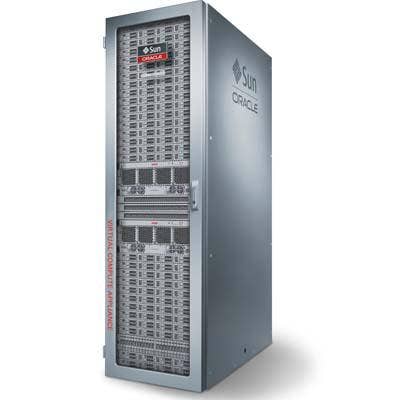
Oracle Engineered Systems
Early this year, Oracle introduced a new generation of engineered systems, including a new Virtual Compute Appliance X5, Oracle FS1 Series Flash Storage System and the sixth-generation Oracle Exadata Database Machine X5. The rollout was part of Oracle's effort to support what it calls the data center of the future, which the company says is low cost and engineered for innovation. To that end, Oracle's integrated appliances are simple to use and ready for deployment right out of the box, including its Xtreme Flash Storage Server, an all-flash storage server that Oracle says "achieves breakthrough performance and price per I/O."